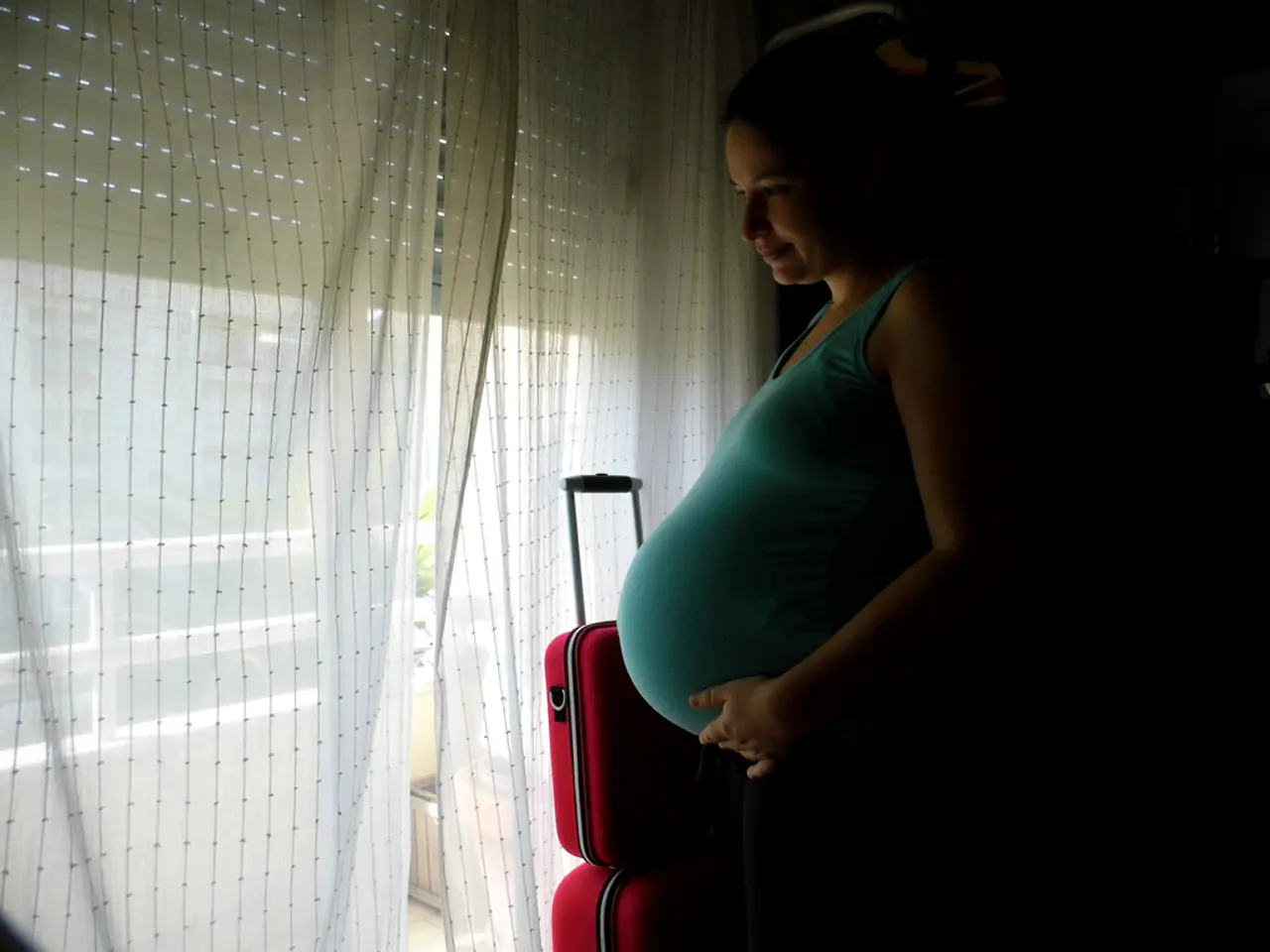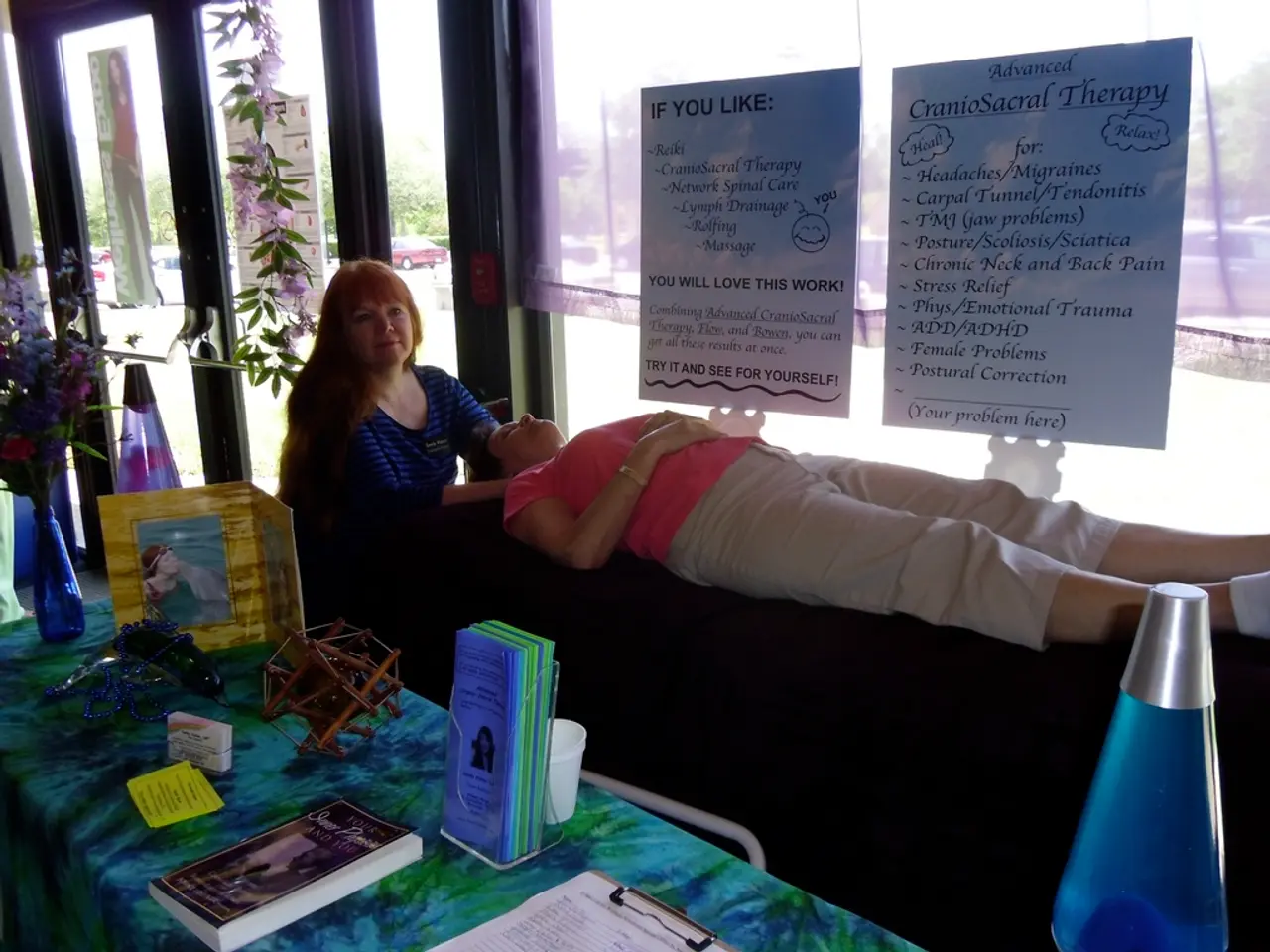Importance in Athletic Training During Sweltering Summer Days
Take the Heat: Navigating Sports and Scorching Temperatures
Sizzling summer days got you worried about your fitness goals or unwinding after work? Here's what you need to know.
Sports and Heat: Dealing with the Blistering Combo
Don't sweat it - sports scientist Andreas Barz has some good news: "Our body is well-equipped to handle higher temperatures." Even in the harshest conditions, like the annual Marathon des Sables - a 250-kilometer race through the Moroccan Sahara with temperatures reaching 40 degrees!
So, how hot is too hot? Professor Hans-Georg Predel of the German Sports University Cologne warns that intense endurance sports, such as triathlon, tennis, or football, can become critical when performed in the heat and direct sunlight.
Training on Sweltering Days: What You Need to Know
With temperatures of 25 degrees and above, Andreas Barz suggests cutting back on intensity: "Instead of running for an hour, take only 40 minutes with short breaks in between."
If your body has adapted to the summer heat over a few weeks, you can start gradually extending the duration. But when the weather app predicts a scorching 30 degrees or more, or issues a heat warning, Andreas Barz recommends no intense training. Instead, shift your workout to the cooler hours of the day or seek the comfort of a climate-controlled gym.
Hydration: Quenching Thirst in the Heat
For shorter workout periods, daily water intake is typically enough. However, if you're engaging in longer activities during summer, drink to stay hydrated - aim for half to a full liter per hour. Regardless of the workout, replenish your fluids throughout the day to avoid starting your session dehydrated.
A quick peek at your urine color can help you gauge your hydration level: dark yellow means you need more liquids, while colorless to pale yellow means everything is fine.
Dressing for the Weather: Choosing the Right Outfit
Your attire should breathe easy in hot weather! Opt for light, loose-fitting, and breathable clothing. Light colors help reflect the sun's rays, while moisture-wicking fabrics like polyester help manage sweat. Don't forget to apply sunscreen on uncovered skin and wear a hat to protect against sunstroke.
Warning Signs: Recognizing an Overloaded Body
Pay attention to your body's warning signals: headaches, dizziness, nausea, vomiting, circulation problems, and confusion. If you experience these symptoms, reduce your activity immediately. These symptoms may indicate a dangerous rise in body temperature, potentially leading to a life-threatening heatstroke.
Cooling Down: Relieving Heat Stress
Cooling off post-workout can be instant gratification. Many athletes find wiping their sweaty body with a cool, wet towel refreshing, while those who are young and healthy can enjoy an ice-cold shower. But be cautious if you have a heart condition; opt for cooling off gradually in the shade or a cool room.
Electrolyte Replacement: Balancing Sweat Losses
Heavy sweating leads to the loss of important minerals, such as magnesium, potassium, and chloride. To help replenish these nutrients, consider adding an electrolyte solution to your water or using isotonic sports drinks. Apple juice mixed with sparkling water is another option, but skip the sugary sodas like cola.
Muscle cramps after a workout might indicate a mineral imbalance; pay extra attention to your electrolyte levels if this happens.
Final Tips
- Avoid exercising during peak sun hours, typically between 10:00 AM and 4:00 PM.
- Gradually acclimate your body to heat by starting with shorter workouts and increasing the intensity and duration over time.
- Stay hydrated with water and electrolyte-replenishing beverages during intensive or long workouts.
- Protect yourself from UV rays by wearing light, breathable clothing, sunscreen, and a hat.
- If you or someone else experiences symptoms like dizziness, nausea, or confusion during a workout, seek shade, cool down immediately, and rest. If symptoms persist, seek medical assistance.
Taking a cue from sports scientist Andreas Barz, one should be mindful of the heat when engaging in fitness-and-exercise or sports, as our body can handle higher temperatures but intense endurance activities might become critical in the heat and direct sunlight. In such cases, hydration becomes crucial, with the need to drink half to a full liter of water per hour during longer activities during summer. Furthermore, Professor Hans-Georg Predel of the German Sports University Cologne suggests adapting workout routines to the summer heat by gradually extending the duration over a few weeks and avoiding intense training when the weather reaches 30 degrees or more. Instead, opt for training during cooler hours of the day or in a climate-controlled gym.








